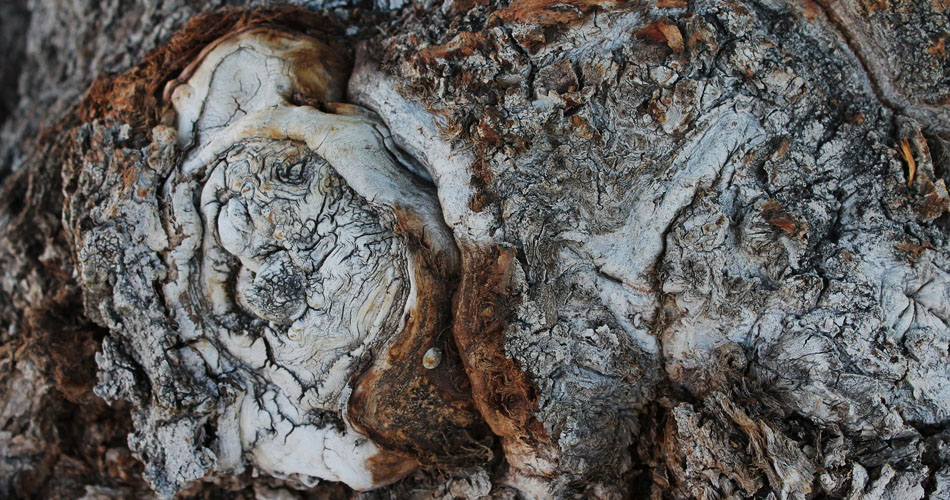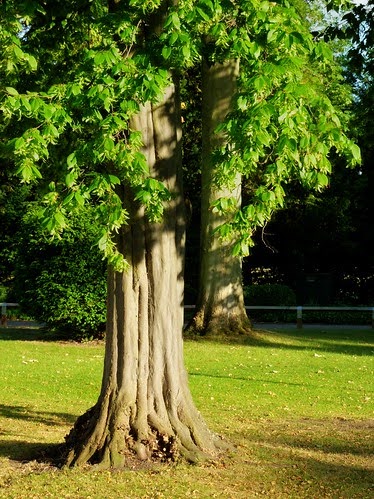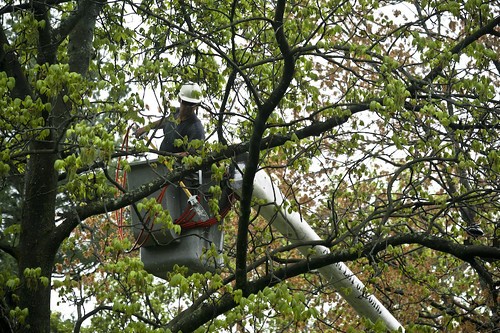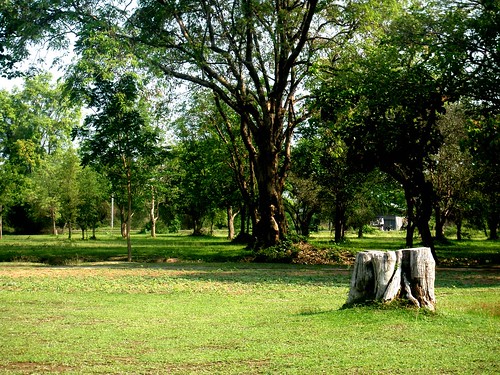
What is a Tree Burl? An In-Depth Look at This Unique Form of Growth
Date May 25, 2022
Category
Have you ever seen a tree with a curious growth on it? Chances are, you were looking at a tree burl! This unusual form of growth can be found on all sorts of trees and is most commonly caused by environmental factors. In this blog post, we will take an in-depth look at what tree burls are, why they form, and what kind of benefits they offer to the trees that produce them.
What Are Tree Burls?
A burl is defined as a rounded outgrowth on a tree that is usually woody and deformed. Burls can be small or large, and they often have an irregular shape. While they may look similar to tumors, they are actually benign growths that occur in response to different environmental stresses. Burls are typically found on the trunk or branches of trees, but they can also occur on the roots.
Burls are composed of many small fibers that are all growing in different directions. This gives them a unique appearance, and it also makes them very strong. Burls can be very hard to break, and this added strength is one of the main benefits that they offer to the trees that produce them.
What Types of Trees Typically Develop Burls?
While burls can occur on any type of tree, there are some species that are more likely to produce them. Some of the most common types of trees that grow burls include maples, oaks, elms, and willows. These trees are all native to North America, but burls can also be found on trees in other parts of the world.
What Causes a Burl to Grow on a Tree?
There are a few different theories as to why trees produce burls, but the most likely explanation is that they are a response to stress. When a tree is under stress, it will produce chemicals that tell the cells in its bark to grow in a different way. This results in the formation of burls. These stresses can include
- injuries
- fungi
- bacteria
- mites
- viruses
- even changes in the weather.
- Burls are most often found on the trunk or branches of trees.
The Benefits of Burls
While burls may seem like a disadvantage to trees, they actually offer a number of benefits. One of the most important benefits is that they protect the tree from further damage. When a tree is injured, the burl will form around the wound and help to prevent it from spreading. Burls also help to protect trees from diseases and pests. The dense growth of fibers in a burl makes it difficult for diseases and pests to penetrate, and this can help the tree to stay healthy.
Burls are also often used in woodworking because they provide a unique and beautiful grain pattern. The strong fibers in burls also make them ideal for use in a number of different products, including bowls, cutting boards, and even furniture. Burls are often used in woodworking because of their unique grain patterns. The dense fibers in burls make them ideal for use in papermaking, and they are also used to make a type of fabric known as “barkcloth.”
Are Burls Harmful to a Tree?
Burls are not harmful to trees in almost all cases. Very rarely, it is possible for a burl to disrupt the vascular system of a tree. If you suspect that may be happening to your tree, have it checked out by an ISA-Certified Arborist to be sure.
What Does a Burl Look Like on the Inside?
If you were to cut open a burl, you would find that it is made up of a network of small, interconnected tubes. These tubes are called lenticels, and they are responsible for transporting water and nutrients throughout the tree. The dense growth of fibers in a burl makes it difficult for diseases and pests to penetrate, and this can help the tree to stay healthy.
Can I Remove Burls Off My Trees?
Occasionally, burls can be harvested from trees without harming them, but not if it will make a large wound on the tree. That is not to say the removal process is simple or without risk. If you are interested in removing burls from your trees, it’s crucial you leave the task to a professional tree care service to avoid causing any injury to your trees.
So, what are you waiting for? Contact TreeNewal today to find out more about our services and how we can help you take care of your tree burls! We would be happy to answer any questions you have and provide you with the information you need to make an informed decision.
If you need advice or assistance with burls on your trees, get in touch with the ISA-Certified Arborists at TreeNewal and enjoy tailored tree care advice.
To learn more about What is a Tree Burl? An In-Depth Look at This Unique Form of Growth, call our Argyle and Southlake-based teams
at (817) 592-6846 or send us a message.
We’re a little different than the average tree services company.
Learn more about TreeNewal’s ISA Certified Arborists!
Our Dallas/Fort Worth-based tree doctors can explain how sustainable tree care services add more value to your bottom line.
Healthy trees, healthy lives.







